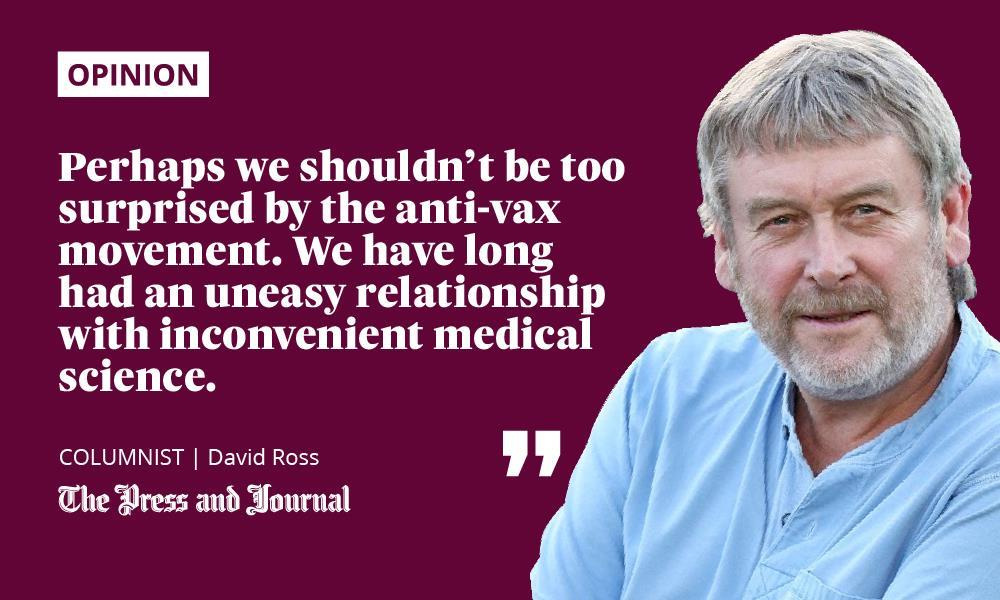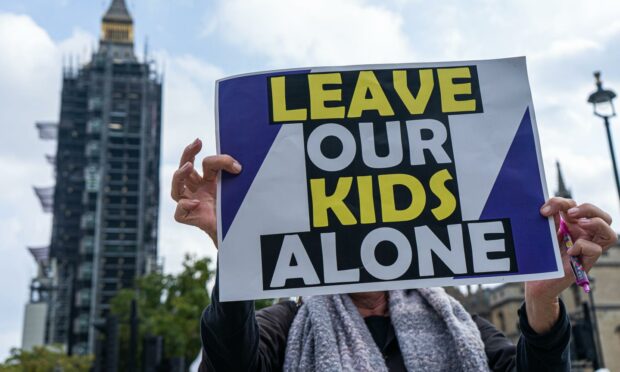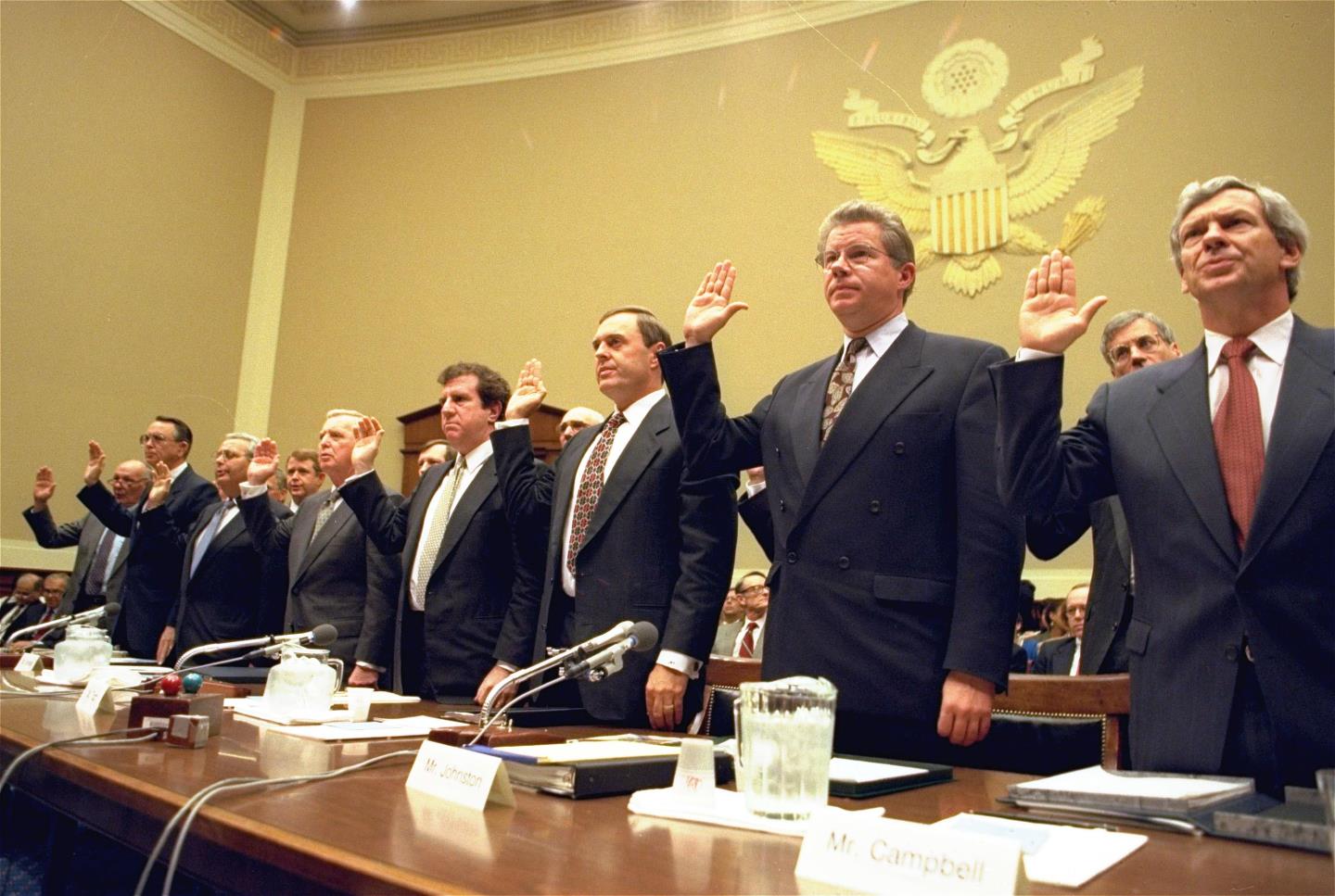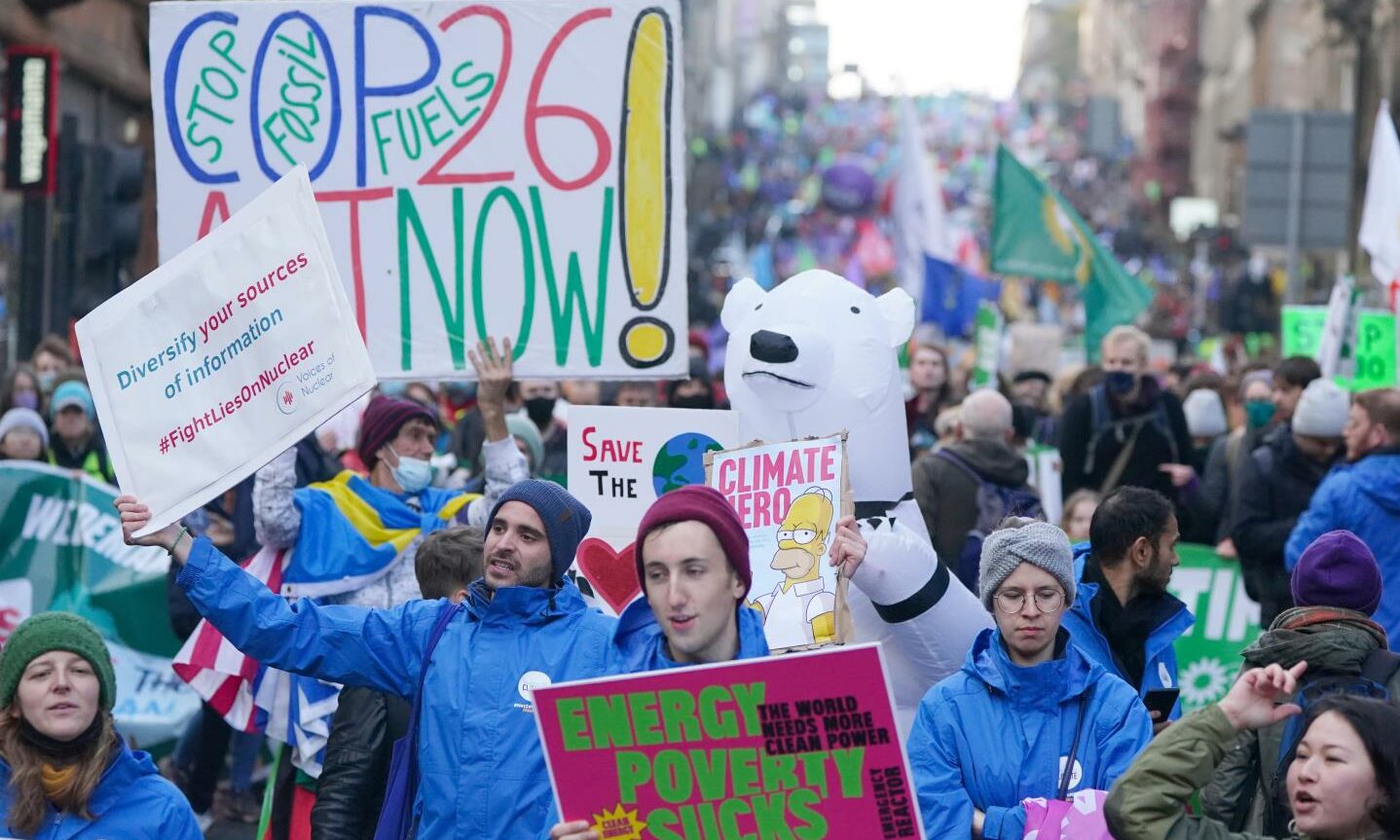There it was – a second line on the lateral flow test. This columnist had Covid-19.
A PCR test was taken shortly after and, 17 hours later, the diagnosis was confirmed by text. I had joined 9.3 million other people in the UK – 660,000 plus in Scotland – as an official Covid statistic.
There was a little relief in knowing why I hadn’t been feeling right for days. A moment’s further thought and the relief was more profound. A little over a year earlier, this same diagnosis could have meant me lying in a hospital bed gasping for breath, or indeed in the mortuary.

That I wasn’t was entirely due to the extraordinary achievement of the global scientific community in developing effective vaccines. Less than a year after the World Health Organization (WHO) was informed of a cluster of cases of pneumonia of unknown cause detected in Wuhan City, China, a 91-year-old grandmother in Coventry became the first person in the world to be given the Pfizer jag as part of a mass vaccination programme. Within a few short weeks the Oxford/AstraZeneca vaccine was also being used in that programme. Other vaccines were developed around the world.
There were some scare stories and understandable scepticism, often fuelled by fake conspiracy science online. While the vaccines don’t prevent people from being infected, they prevent most from becoming very ill and dying.
We’re no strangers to rejecting the science
A report from the Office of National Statistics just last week found that the unvaccinated were 32 times more likely to die from coronavirus than those who had received two jags. It is difficult to understand why some, for no medical reason, still refuse to accept such statistical evidence. They are putting the NHS under even greater strain.
Everybody once claimed to know somebody who had lived till they were 90 while smoking 40 a day. Now we only remember those who left it too late to quit
It is, however, an absolute affront to the scientific achievement that the vaccines are not being effectively deployed amongst the planet’s poor. Gordon Brown’s moral purpose on this issue is to be commended and held in marked contrast to the activities of his successor in 10 Downing Street.
Perhaps we shouldn’t be too surprised by the anti-vax movement. We have long had an uneasy relationship with inconvenient medical science. The first alarm bells on the link between cancer and cigarette smoking were sounded in the UK by a research report in 1950 and followed four years later by another showing a higher mortality in smokers.
The big one was in 1962 when the Royal College of Physicians’ report highlighted the link between smoking and lung cancer, other lung diseases, heart disease and gastrointestinal problems. There was a hostile response from some.
As somebody who started smoking four years after its publication, the tobacco companies’ subsequent spin was effective. Everybody back then claimed to know somebody who had lived till they were 90 while smoking 40 a day. Now we only remember those who left it too late to quit.
It would be 44 years after the RCP report and countless tobacco-related deaths before smoking in enclosed public places was banned in Scotland.
165 years since the first climate change warnings
The history of science’s battle with Big Tobacco came to mind while watching coverage of COP26 in Glasgow, and reading reviews of new books on how scientists battled the fossil fuel lobby on climate change.
It was in 1856 when Eunice Newton Foote, an American scientist, inventor and women’s rights campaigner, first suggested carbon dioxide would cause global temperatures to rise. Irish scientist and mountaineer John Tyndall published similar warnings a few years later.
In 1895, Swedish chemist Svante Arrhenius calculated that doubling carbon dioxide in the atmosphere could lead to a 6C degree rise. Apparently he was actually more worried about a mini-ice age.
It took until 1983 for the US National Academy of Sciences to decree that the planet was warming, but they added there was no cause for alarm. Five years later, that changed, when climate modeller James Hansen appeared before the US Senate and warned of the clear evidence that the greenhouse effect was behind global warming. Some in “Big Oil”, like their tobacco counterparts before them, reportedly backed attempts to undermine the science.
Recent BBC programme, The Trick, told of Phil Jones a world-renowned climate scientist at the University of East Anglia, who was a victim of “Climategate” in 2009, just weeks before the COP in Copenhagen. He was targeted in a coordinated hack that saw thousands of emails stolen, edited and used by climate change deniers. They were quoted in Copenhagen.
The culprit hacker, was never identified. Jones was ultimately vindicated, but the hack set back the cause of saving the planet.
Doubtless some statistics at COP26 on progress towards decarbonisation, have also been massaged. The planet’s final verdict, however, will not be spun.
David Ross is a veteran Highland journalist and author of an acclaimed book about his three decades of reporting on the region


